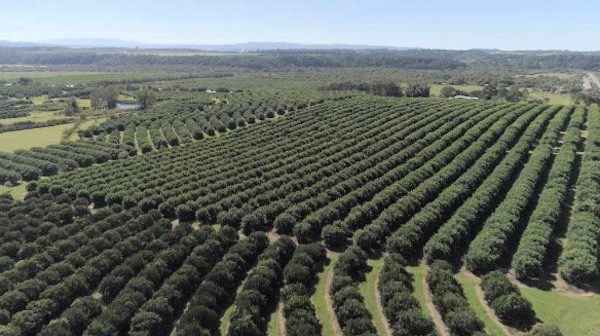The harvest estimate for Argentinian lemons for 2020/21 is 1.03 mega tonnes, a decrease of 30% compared to 2019/2020. This is the result of cold damage and the dry growing conditions. For sweet citrus the harvest of oranges is estimated at 700,000 tonnes and 360,000 tonnes for mandarins. This is a year on year increase of 7.5% and 16% respectively. The export of lemons is expected to decrease to 190,000 tonnes, while the export of oranges rose slightly to 80,000 tonnes and the export of mandarins remained stable at 35,000 tonnes.

Citrus orchards in the province Tucuman (photo source: USDA)
Historically the domestic demand for lemons in Argentina in 2019/20 was typically unchanging. This means that the purchasing behaviour of the consumers remained relatively unchanged whether the prices went up or down. However, due to the aforementioned cultivation problems the consumption of lemons in 2020/21 is predicted to be 110,000 tonnes. That is a decrease of 26.5% compared to the official estimates for 2019/20 and a decrease of 35% compared to the estimates for 2018/19.
The consumption of oranges and mandarins is estimated to increase to 390,000 tonnes and 220,000 tonnes respectively, due to the expansion of the cultivation and the persistent demand due to the ongoing pandemic.
Despite an increase in the demand for citrus (primarily oranges) during the corona pandemic, the Argentinian export of sweet citrus will considerably lower than historic levels. This is due to the challenging domestic economic conditions, which meant Argentina was less prepared to compete with other exporters on the export markets on the southern hemisphere, mainly South Africa.
Source: USDA










